By Bruce Biddulph, local resident of Balloch and amateur historian
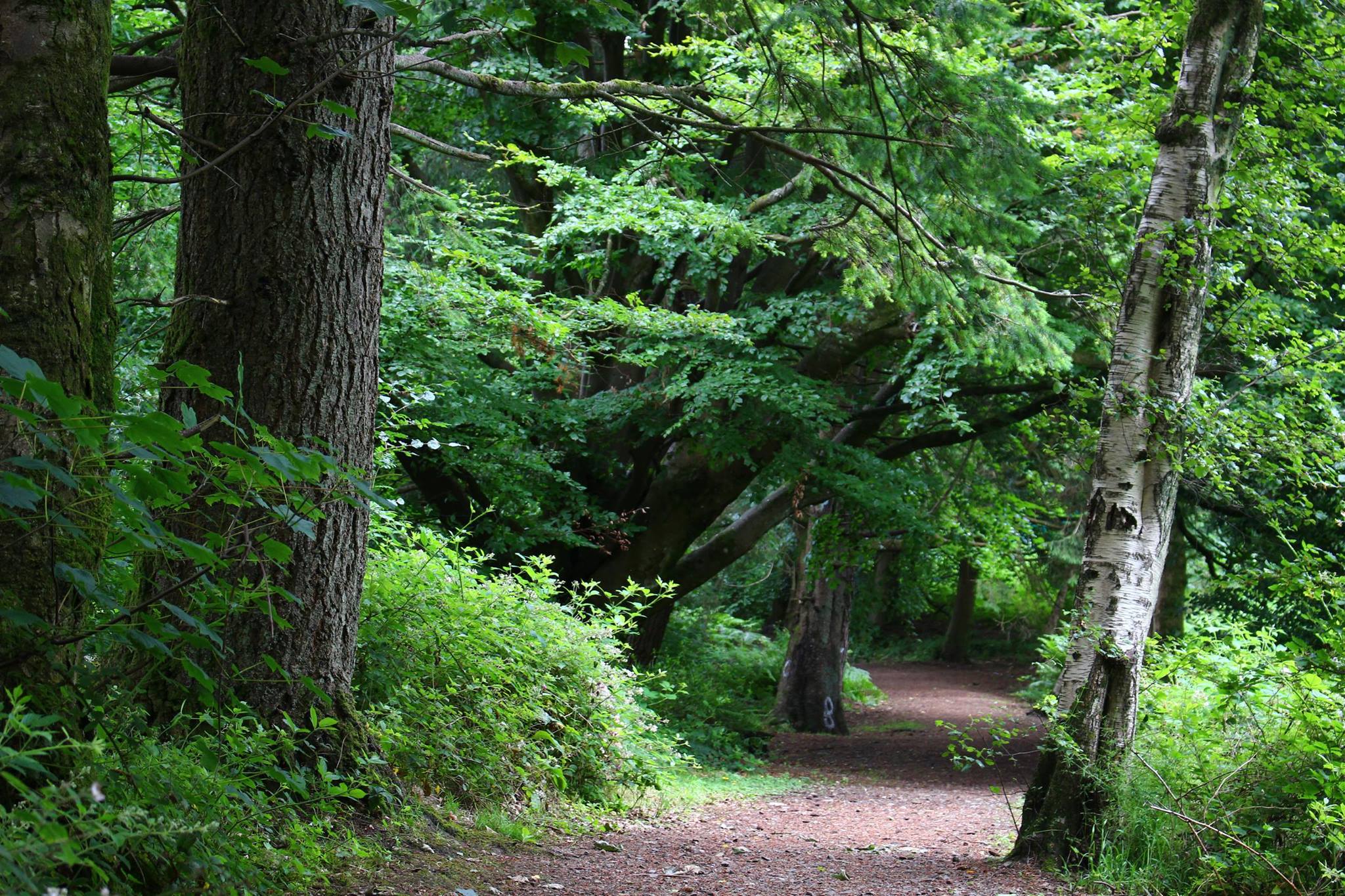
Whilst we await the first views of any precise plans that the developer has for Balloch’s Drumkinnon Woods and the west bank of the River Leven (see here) and (see here for example), we can only guess and fear what these will be.
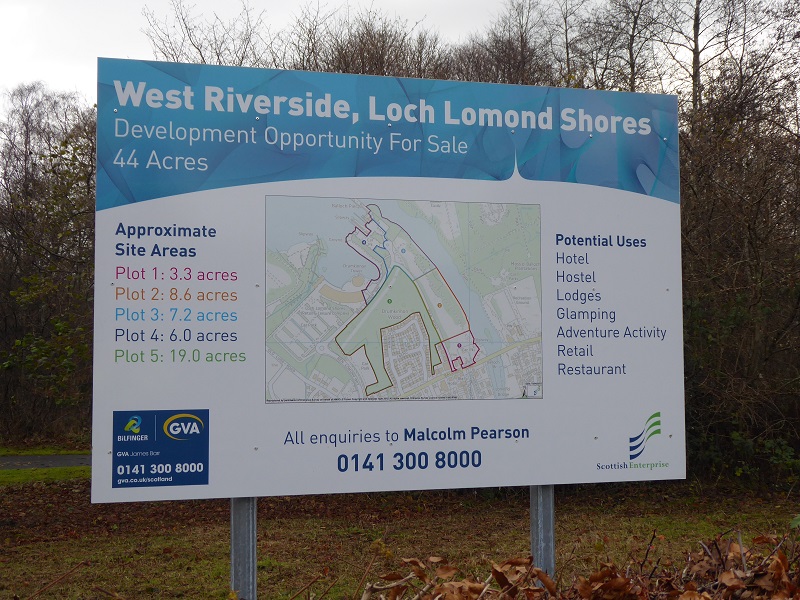
What does not seem to be an outlandish concern however is the question of access and what will happen to areas of this large parcel of land, which will also be linked to the lands around the old Woodbank Hotel, formerly the medieval estate of Stuckroger.
It may be helpful in this vacuum to pause and consider the history of this area, as the commonly accepted belief is that all of this land is a result of industrial decay, which of course means that the justification for Scottish Enterprise’s plans is “anything is better than dereliction”.
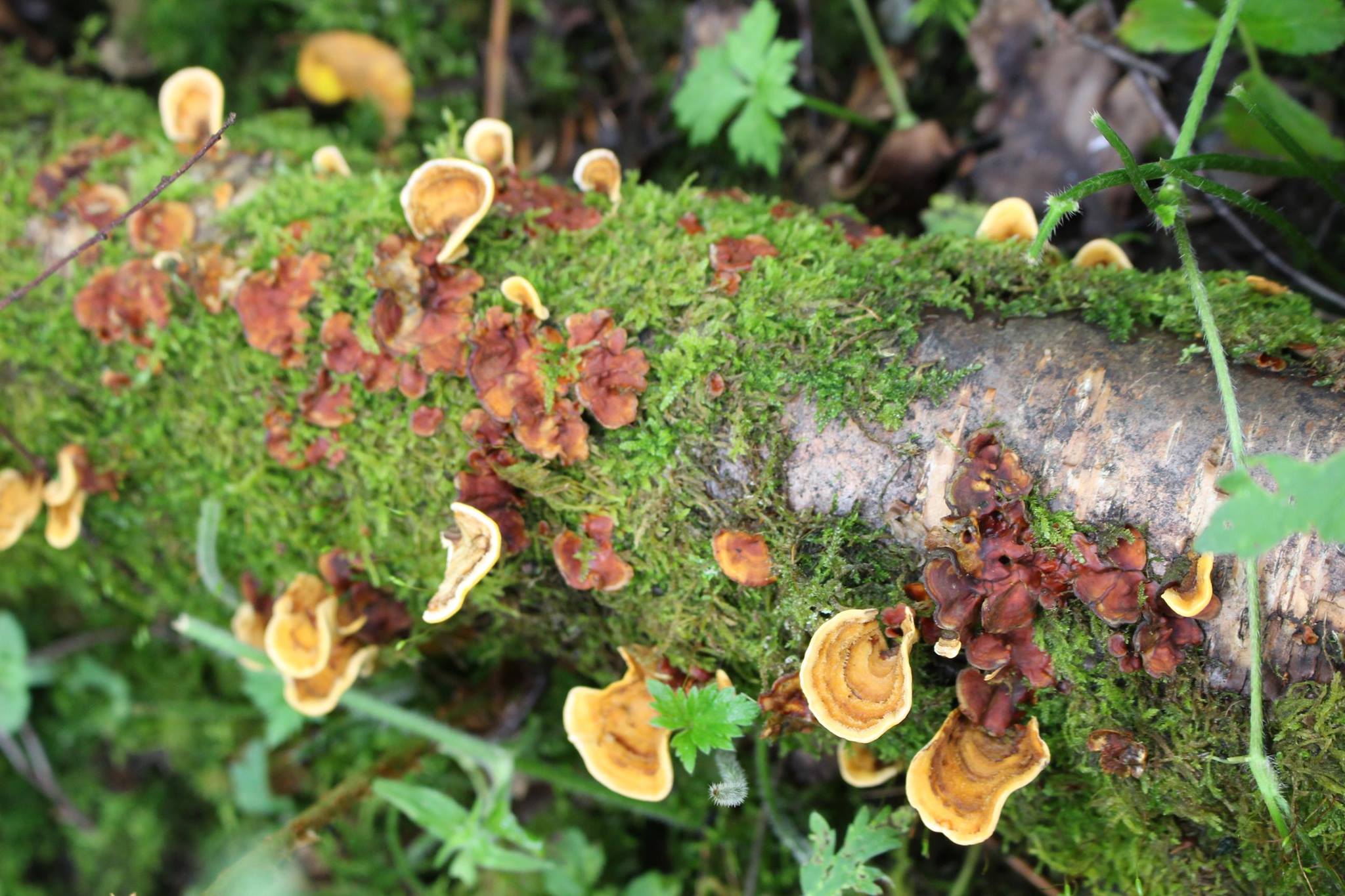
Even among locals there is the persistent idea that this is simply waste ground where trees have took root. That is true in the riverside area beside the Leven, for here sat the railway sidings up until the 1950s and the railway to the pier itself was uprooted back in the 1980s.
However in the middle of this swathe of land from the Leven to Woodbank is Drumkinnon Wood.
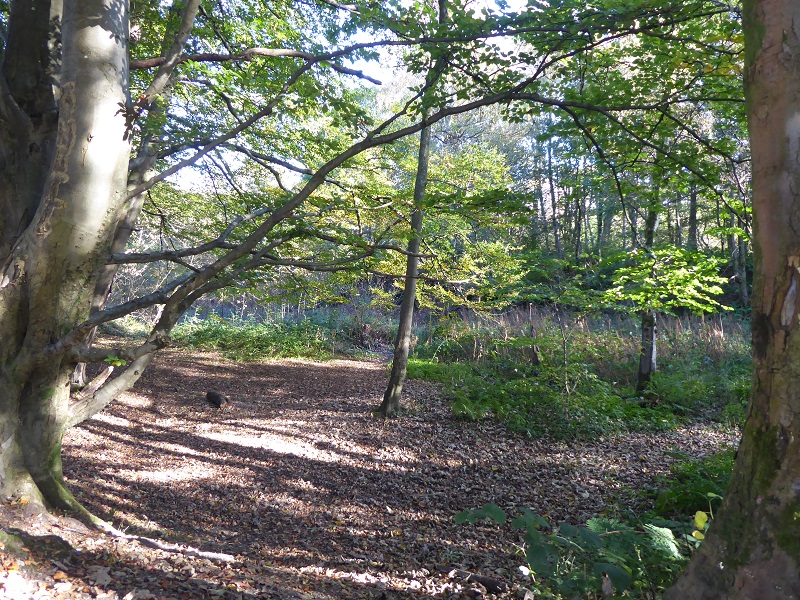 Drumkinnon Wood has kept its boundaries by and large since the early 18th Century and was a wooded area with fields surrounding it in the 1700s. This much is easily gleaned from maps of those times.
Drumkinnon Wood has kept its boundaries by and large since the early 18th Century and was a wooded area with fields surrounding it in the 1700s. This much is easily gleaned from maps of those times.
The popular misconception, one that has permitted SE to even think about selling off the woods to a private developer, is that these trees only grew from the ruins of the former British Silk Dyeing Co factory as well as the destruction of the sandy bay itself by quarrying for sand in the middle of the 20th Century.
However true that may be it is not true that the wood itself was a product of these two 20th Century disruptions to the once beautiful and idyllic lands of Drumkinnon.
Where the factory stood is more or less where houses stand now. The perimeter of the wood between the factory and the quarrying of sand was fixed and follows the line of the access road that was expanded during the infilling of the ‘pits’ left by the sand-mining and the creation of Lomond Shores.
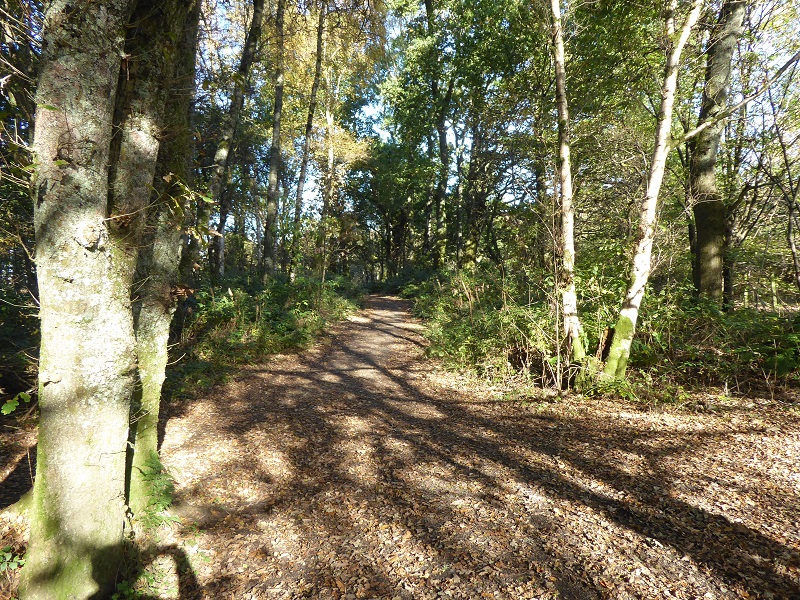 In short, the factory was demolished and houses were built on its site, whilst the scarred remains of the sand pits were turned into a deep lagoon and Lomond Shores. Between the two lies and forever did lie since the 1800s, the Drumkinnon Wood. Both the factory and the extensive sand mining were products of the 20th Century.
In short, the factory was demolished and houses were built on its site, whilst the scarred remains of the sand pits were turned into a deep lagoon and Lomond Shores. Between the two lies and forever did lie since the 1800s, the Drumkinnon Wood. Both the factory and the extensive sand mining were products of the 20th Century.
 The development of the Lomond Shores project included the woods and paths were created through them for residents and vistors to the new ‘attraction’ alike. Since then the old wood has been a firm favourite with dog walkers, families showing their children the wonders of nature and for anyone who simply enjoys a stroll in the woods. Unlike Balloch Park the wood does not suffer from huge amounts of visitors and retains a sense of ‘the wild’ that the Park cannot always deliver or obvious and even welcome reasons, as it is so well used and loved.
The development of the Lomond Shores project included the woods and paths were created through them for residents and vistors to the new ‘attraction’ alike. Since then the old wood has been a firm favourite with dog walkers, families showing their children the wonders of nature and for anyone who simply enjoys a stroll in the woods. Unlike Balloch Park the wood does not suffer from huge amounts of visitors and retains a sense of ‘the wild’ that the Park cannot always deliver or obvious and even welcome reasons, as it is so well used and loved.
Like the Fisherwood which sits between the railway and the Leven further down, Drumkinnon is a survivor of 19th and 20th Century upheaval.
It and the much diminished sandy beach are the last remnants of what was once a beauty spot with a history of common involvement that survives to this day.
Handing these two remnants of Drumkinnon that have came through the years still with us and being passed into the hands of a profit-making corporation is a prospect that should alarm all of us.
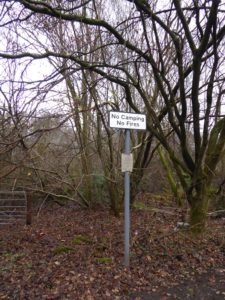
At the very least we need assurances that the developers are not given carte blanche to do as they wish, and the untold history of Drumkinnon is an omission that should shame a public body such as Scottish Enterprise who have done little to find out what the property itself is all about except as “derelict land”.
This has poisoned public opinion against the woods themselves as they are seen merely as painful reminders of a lost factory that was the source of stable employment in Balloch since 1930.
It is imperative that we recognise this is a distortion of our history and leaves Drumkinnon Wood in a position it does not deserve and we the people should be ashamed for permitting the sale of a wood to a private developer. There is adequate land for developments elsewhere in the immediate area that at present are poor fields of little apparent value, having themselves been disrupted by the building of the by-pass, perhaps these should be looked to as possible sites for hotels and restaurants and whatever else the developers and SE have in mind, instead of the destruction, however minimal, of a wood that is at least two centuries old and has loyal visitors to it young and old today.
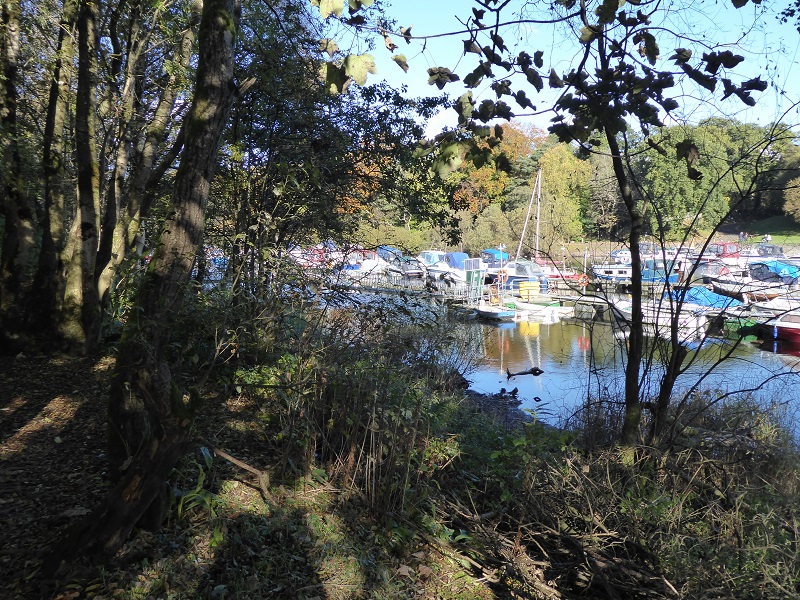
There are other issues here, such as mooring rights in the Leven as well as the sandy beach itself, which appears to be zoned for the developer’s use as well. That these three areas are areas that have been enjoyed by locals and vistors freely, in some cases for centuries, with no need of deep pockets, perhaps we have to ask if we are looking here at another form of Highland Clearance. It seems as is the case with the priorities of the LLTNPA, that upmarket middle income earners are preferred to people with little or no income in this National Park of ours.

One or two points.
Firstly the proposals are put forward by Iconic Leisure Developments. Flamingoland is one of a number of partners
I believe the silk work’s demise was caused by a catastrophic boiler failure. A marginal company went to the wall.
Much of Drumkinnon wood is secondary scrub, not withstanding areas of mature woodland.
Surely the most important historical link is the Maid of the Loch and its linked infrastructure- slips, winch and pier.
It is scandalous that this is not fully financially supported and sailing on the under used loch.
It is the jewel in the crown of Balloch and Loch Lomond.
I would refer you to the popularity of historic ships at most of the tourist lakes of Europe, to our own Waverley and the Sir Walter Scott.
The Maid should be the historic tourist anchor of any develipment.
Access, parking etc must be integrated into any scheme
Balloch Park which is owned by Glasgow City and rented out to WDC is, as we have discoverd through consultations with an eminent arboriculturalist, an arboretum of national importance. Of all forested areas this is by far and away the most valuable.
Finally I surmise that S.E. have been given the objective of maximising its land value, land which it holds on our behalf.
I would expect that WDC and the Park Authority shoukd be making a case for social , historical and conservation values to balance out and out profit.
Are they doing so?
Do you use the Drumkinnon woods Trevor?I do on a daily basis and I think you’ll find it’s history dates back alot further than this century! I use it on a daily basis and it’s a lovely place to go , it’s a sea of bluebells in spring and is full of different trees plants fungi not to mention the birds etc that enjoy it so much, it is one of the last remaining bits of the old Drumkinnon left and is under threat for the sake of a few glamping pods? Maybe if you have a look at the Facebook page friends of Drumkinnon woods you will earn alot more about it. It is loved and enjoyed by so many locals and I believe that’s the way it should stay! We all know it’s iconic leisure but it’s flamingo land that’s coming here!
Trevor I agree position maid of the.loch ridiculous relying voluntary effort with no public funds but that is not much different to how in Scotland we do things (eh national trust for Scotland has to fund itself (I think that is wrong). Interesting comments too on Balloch park BUT unless there is a bridge across Leven Drumkinnon woods only green space for people visiting Lomond shores. Seems to me any plan area needs preserve green space/green feel, celebrate history, preserve moorings. Maybe the.local community could develop an alternative plan?
Agree with Nick, without these woods and grass there is nil to indicate a National Park in the area! Once people get back in their car after shopping without this bit there is nothing to hand to encourage car folk to linger for the park experience unless want to do canoeing, – in to car and away.
How is this allowed in a supposed National Park? Its as bad as Trump`s golf course in Aberdeen.
Drumkinnon woods are a haven for bluebells, trees , wildlife a little jewel in the crown , a place to go to escape the hustle and bustle on a busy day in Balloch a place used by locals on a daily basis including myself, a place you feel a million miles away from everywhere, a place where there are no restrictions tocwhere you walk! A place to meet people have a blether and sometimes a place for solitude! These woods should be community owned! One of the coast bits of Drumkinnon left, sacralige to spoil it in any way!
What about the oil pipeline in use belonging to INEOS that skirts the loch and comes in this way to the park. I also heard one of the plans is for a casino, something we don’t need in this area.
What?! That’s two bolts out of the blue!
Have you considered an online petition? I’d sign!! 🙂
https://you.38degrees.org.uk/petitions/say-no-to-the-proposed-changes-to-our-national-parks
Theirs is an online petition John makes with over 30 000 signitures that is just being dismissed!
A recent request for a preservation order on these trees recieved this response:
Thank you for your email, I apologise for the delay in responding.
In terms of proposed development in this area, the prospective developer is aware of the site constraints and sensitivities. A future planning application on the site will be subject to an Environmental Impact Assessment. This assessment will consider issues you have raised such as pollution and noise as well as the potential impact on trees on the site. The relevant parties have actively engaged with us in this process and considering this, we are of the view that there is presently no risk to the trees. As such, the initiation of action to preserve the trees would not be expedient in the public interest at this time. Nevertheless, we will review our approach if circumstances were to change.
It is worth noting that it is an offence under the Forestry Act (1967) to fell over 5 m3 of timber in any calendar quarter on a single site – this would equate to approximately 2 large mature broadleaved trees. This legislation is governed by Forestry Commission Scotland as is a further safeguard against ‘mass harvesting’ of trees.
The planning application process allows opportunity for engagement and your comment. All representations would be taken into account as part of the decision making process. There is however no current planning application for the site.
Kind regards,
Development Management
Loch Lomond & The Trossachs National Park
Direct: 01389 727753